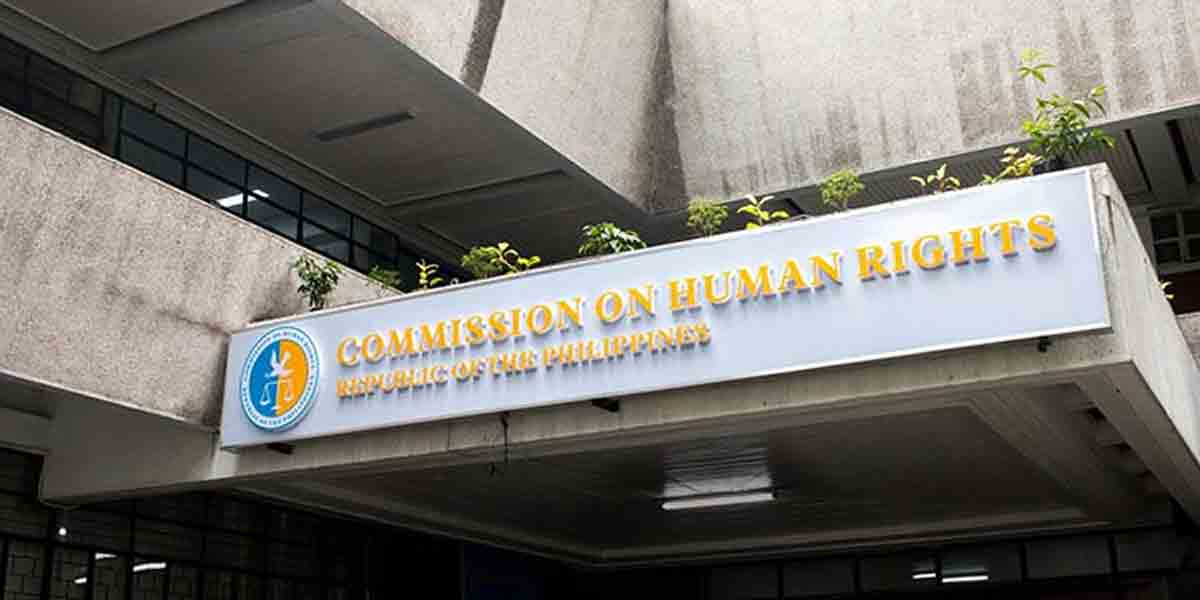By Francis Allan L. Angelo
The Philippines’ headline inflation rate slowed to 3.3% in August 2024, down from 4.4% in July, according to data released Thursday by the Philippine Statistics Authority (PSA).
The latest figure brings the national average inflation from January to August 2024 to 3.6%, marking a significant decrease from the 5.3% rate recorded in August 2023.
The headline inflation rate refers to the total inflation within an economy, including all items, such as food, energy, and other commodities. It is a measure of the overall increase in consumer prices, and it is calculated by comparing the current prices of goods and services with their prices from a previous period, often a year ago.
Headline inflation provides a broad view of price movements, capturing both short-term and long-term trends, which can be influenced by volatile sectors like food and fuel.
This contrasts with core inflation, which excludes items that can have large price swings due to external factors, like food and energy, to provide a clearer picture of underlying inflation trends.
The PSA’s latest Consumer Price Index (CPI) report revealed that the national year-to-date inflation average now stands at 3.6 percent.
The slow down in August was largely due to a sharp drop in the inflation rate for food and non-alcoholic beverages, which slowed to 3.9 percent from 6.4 percent in July.
Transport costs also saw a notable shift, with a 0.2 percent decline in August, compared to a 3.6 percent increase the previous month.
The slower increase in food prices, especially rice, vegetables, and seafood, contributed significantly to the overall decline in inflation.
The rice inflation rate dropped dramatically to 14.7 percent in August from 20.9 percent in July, helping to stabilize the overall inflation trend.
Prices for vegetables and fish also saw decreases, while costs for sugar and confectioneries dropped by 3.8 percent.
However, some areas of concern remain. Inflation in housing, water, electricity, gas, and other fuels accelerated to 3.8 percent in August, up from 2.3 percent in July.
The price of corn, a key staple in many regions, also saw an uptick to 18.4 percent, while dairy products and eggs experienced a price increase of 3.2 percent.
In Metro Manila, inflation dropped to 2.3 percent in August from 3.7 percent in July. The region benefited from reduced costs for food and transportation, which offset rising housing expenses.
Meanwhile, inflation in areas outside the National Capital Region (AONCR) decreased to 3.6 percent from 4.6 percent in the previous month.
Among these regions, the Ilocos Region recorded the lowest inflation rate at 1.8 percent for the eighth consecutive month, while the Davao Region posted the highest inflation at 4.9 percent.
Despite the easing inflation, some sectors remain cautious. Restaurants and accommodation services, which saw price hikes earlier in the year, have stabilized at a 4.6 percent inflation rate.
Similarly, the education sector registered a modest decrease, from 5.8 percent in July to 5.3 percent in August.
In a statement, the Bangko Sentral ng Pilipinas (BSP) said the August 2024 inflation of 3.3 percent is within the BSP’s forecast range of 3.2 to 4.0 percent.
The latest inflation outturn is consistent with the BSP’s latest assessment that inflation will revert back to the target range in August after the temporary uptick observed in July due to negative base effects and the easing of supply pressures for key food items, particularly rice. The implementation of the rice tariff reduction will help in easing inflation in the coming months.
The balance of risks to the inflation outlook continues to lean toward the downside for 2024 and 2025 with a slight tilt to the upside for 2026. The downside risks are linked mainly to lower import tariffs on rice, while upside risks could come from higher electricity rates and external factors.
Going forward, the BSP’s Monetary Board will continue to take a measured approach in ensuring price stability conducive to balanced and sustainable growth of the economy and employment.























